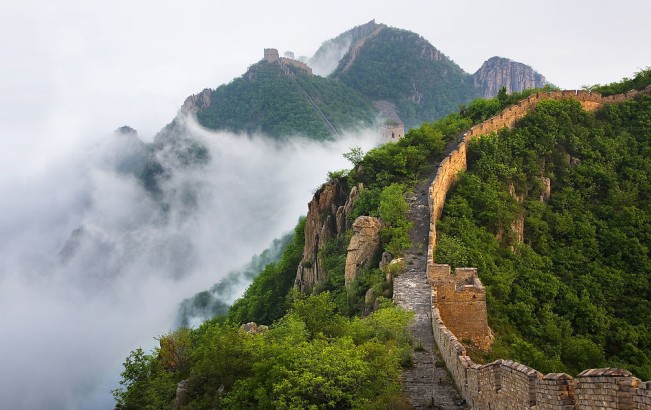Humble Administrator’s Garden, the representative of te gardens in the Jiangnan area in China, is the classical landscape garden with biggest area among the gardens in Suzhou. Covering an administrated area of about 83 hectares and opening area of about 73 hectares, the Humble Administrator‘s Garden has been listed as the national key relics protected units and Cultural World Heritage by the UNESCO in 1997. Being an AAAAA level attraction spot, the Humble Administrator‘s Garden the classically private and luxury garden in China.
Enjoying the reputation of “ the Model of the Whole Gardens”, the Humble Administrator’s Garden is as famous as Chengde Summer Resort, Lingering Garden and the Summer Palace in Beijing, and it possess 4 honors as follows: the head of the four big famous gardens in China, the national key relics protected unit, one of the national special tour stops and World Cultural Heritage. Architectures of the Humble Administrator’s Garden are mostly built in Xianfeng Empire in Qing Dynasty, whose layout contains the fun of mountain island, bamboo dock, matsuoka and winding river.
There are composed of 3 sections: the middle small garden, the east small garden and the west small garden, among which the middle section is the main attraction of the Humble Administrator’s Garden whose area covers 18.5 hectare. Traveling here, you will find the scenery is so captivating as this middle garden set the water pool as its center and pavilions are built by the water, some are straight out of the water, which shows the feature of the Jiangnan water country—so beautiful.
Travel information: 1) Opening time:7:30a.m.-17:30p.m. 2) Ticket price: 50 RMB/adult in the slack season from 31st October to 15th April and 70 RMB/adult in the peak season from 16th April to 30th October; Ways to go there: take the city buses line , 2, 5, 202, 313, 923, 529, 40, 78 to the Humble Administrator‘s Garden stop and walk at east for about 100 meters. 4) Duration: 2 to 3 hours. 5) Best time to visit: each season will be fine as it features differently beautiful scenery in different seasons. 6) Azalea festival in every year’s spring in about middle March to late May, when you can appreciate hundreds types of precious rhododendron.


























